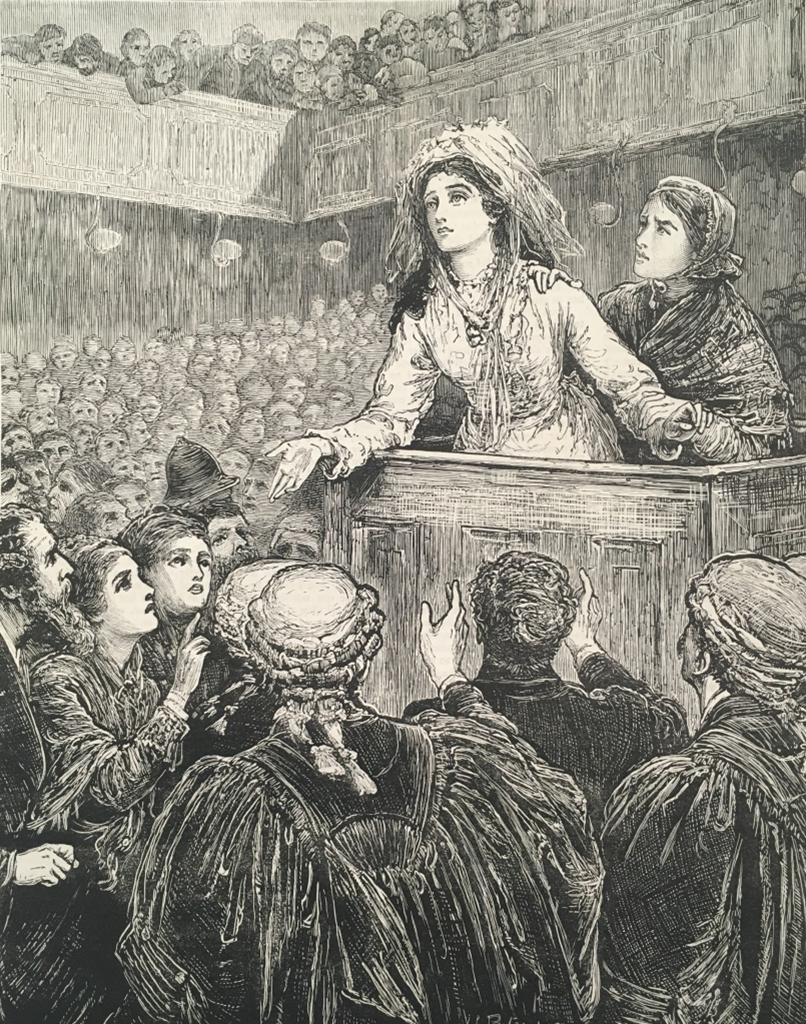
In 1862 and 1867 issues of Blackwood’s Edinburgh Magazine, author and critic Margaret Oliphant morally condemned a long list of novels she called “feverish productions,” tying their harm to the “violent stimulant of serial publication…with its necessity for frequent and rapid recurrence of piquant situation and startling incident.” Indeed, despite the appearance of propriety and respectability, Victorian readers were obsessed with novels of madness, sexual deviance, crime, adultery, and murder. Though religious and literary authorities, such as Oliphant, protested the genre, sensation fiction dominated periodical publication—so much so that the 1860s became commonly referred to as the “Sensational Sixties.” This course explores the development and proliferation of the sensation fiction genre, its ties to serialization, and how it became the focus of a debate concerning what was popular in the literary marketplace and what critics deemed “legitimate literature.” Through this exploration, our focus will turn to the social constraints sensation novels pushed back against and the class, gender, moral, political, and legal boundaries these novels tried to transgress.
